Mekaru group grave remains
History
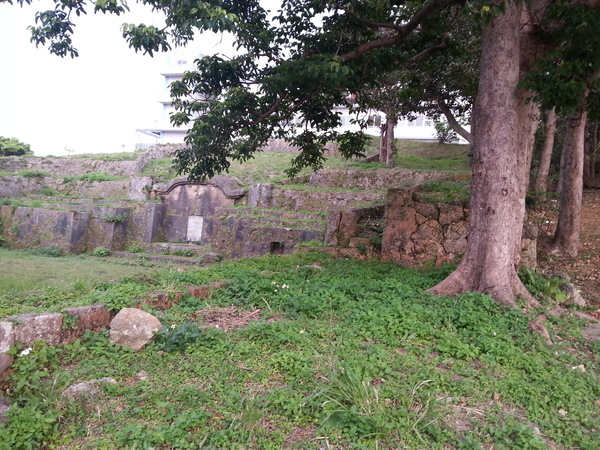

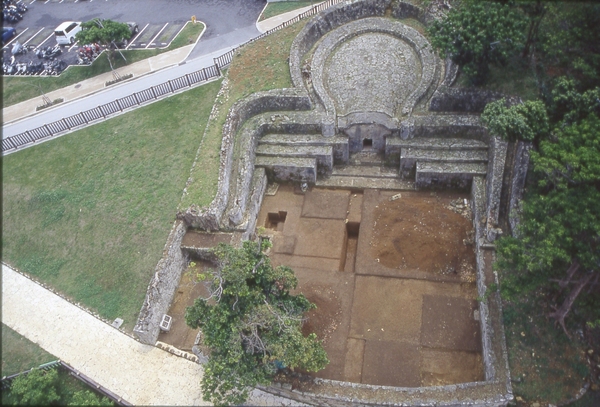
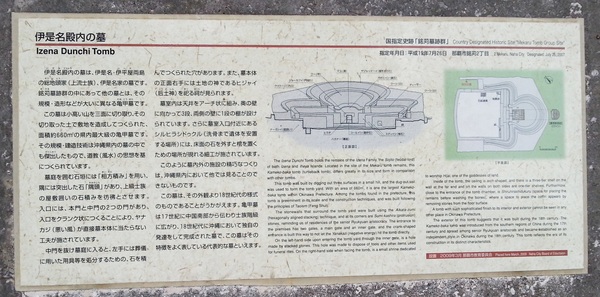
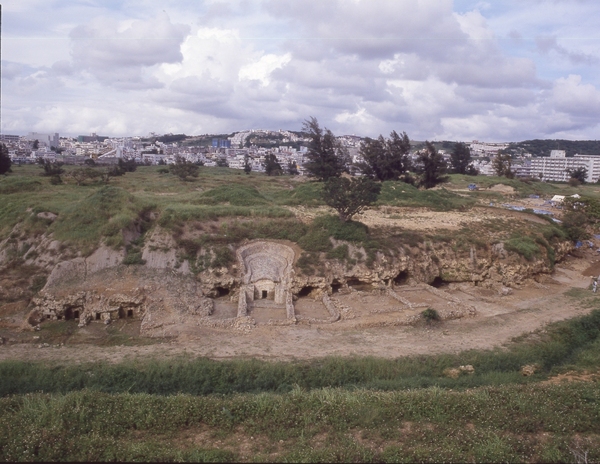
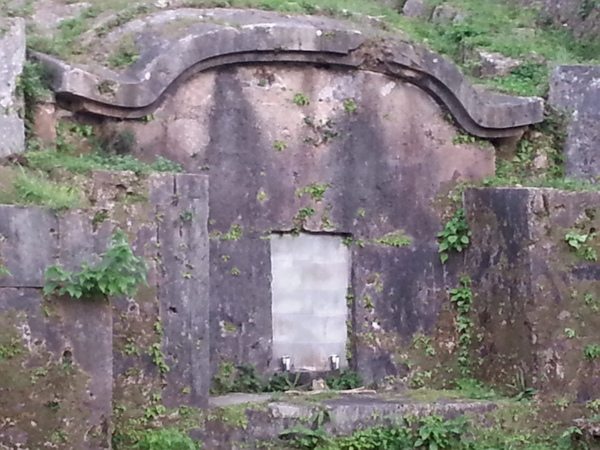
During the Battle of Okinawa, the Ameku district was a heavy battleground. It is located in this district, and “Mekaru group grave remains” are in the “Ameku Park”, in front of the “Ameku wetlands” which forms a natural biotope there, even now. If you enter the park from the Naha City Fire Department side, you can guess at a glance which tomb would have belonged to a noble person among the group graves remains. This tomb is the “Izena Tunchi grave.” Next to the group gave remains is a small hill, where you can see the Ameku town and Ameku wetlands if you climb the hill. It’s sandwiched between the road and Ameku Park.
Basic information
- Address
- 900-0004 2 Mekaru Naha Okinawa
- TEL
- 098-917-3501 Municipal cultural property division of Naha city
- Business hours
- Nothing in particular.
- Close day
- Nothing in particular.
- Charge
- Free
- Parking
- None
- Access information
- On the north side of "Shintoshin Park" in Omoromachi, Naha City. Between Naha city office Mekaru branch and, Mekaru Elementary school. Izena Dounchi is located in Ameku park.
Additional Information
- Academic information
- Designated Date: July 26, 2007
This tomb was made from the reclaimed site from the soil cut into a small mountain on three sides, and is the largest turtleback tomb in the prefecture with an area of about 660 square meters. The scale and construction technology stands out among the graves in Okinawa, and was made based on the thinking of Taoism (feng shui). The "Aikata-zumi" style of cutting the stones first into polygonal shapes and then placing them together was used in the stonewall surrounding the tomb’s garden, the corner stone that protrudes “is a J head corner stone, reminiscent of upper class samurai mansion enclosure masonry.” At the entrance, there are two gates, the main gate and the inner gate, by creating an entrance that is shaped like a crank, the Yanakaji (bad wind) does not directly hit the body of the tomb. Passing through the inner gate and entering into the tomb garden, on the left there is a hole made with stones to dispose of equipment used in funerals, and in front of the main body of the tomb on the right, there is a small shrine dedicated to worship Hijai, the god of the land. The tomb chamber is integrated into the arched ceiling, and facing towards the back wall there are three stages, with one shelf stage is provided in the wall on both sides. Near the tomb’s chamber entrance is the Shiruhirashidukuru (the place where the body is laid to rest until the bone washing), and a specially crafted location has been made for when you remove the stone floor to place the coffin in. The elaborate facilities made inside and outside of the tomb, cannot be seen in other turtle tombs in Okinawa. This tomb, from its appearance, suggests that it is made in the 18th century generation’s style. The turtleback tomb spread from southern China in the 17th century, spread to the samurai class, and during the 18th century in Okinawa, it completed its development into a unique style of tomb, and this tomb is said to represent a typical tomb with those features well. - Quote
- Naha City Board of Education installed signboard
